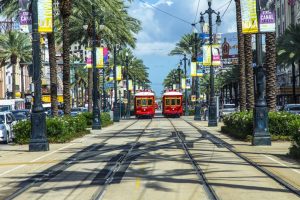The Numbers
New Orleans is a metropolitan area of about 1.2 million people. Its position at the mouth of the Mississippi River, on the Gulf of Mexico, makes it a shipping and energy center. All of the oil rigs just offshore are signs of the city’s force in oil production and reserves. The city contains 17 petroleum refineries with a combined crude oil distillation capacity of nearly 2.8 million barrels per day.
The Pulse
New Orleans is not the biggest city in the South. Nor is it a commercial hub, business hub or retail hub. But for history, culture, cuisine, artwork, architecture, tourism and music, New Orleans is the throbbing heart of Old Dixie, one of the most distinctive cities in the country. A recent Time magazine report from June 2017 called New Orleans “one of the five top hotspots” in the country for millennials. Between 2010 and 2014, according to an Urban Land Institute study, 5200 people between the ages of 25 and 34 relocated to New Orleans.
“New Orleans is friendly to young people because it is still relatively affordable,” says Jennifer Larino, a business and culture reporter for The New Orleans Times-Picayune. “Restaurants are full on weeknights, and young people are constantly in tune with the latest and hottest places.”
The Hot Spots
Everybody knows Bourbon Street and the French Quarter. But Faubourg Marigny and Bywater, immediately northeast of the Quarter along the river, are emerging areas for young hipsters.
“St. Claude Avenue has a lot happening – art galleries, restaurants and bars,” Larino says. “The Warehouse District and Central Business District, including South Market, have recently emerged as up-and-coming areas for young professionals with disposable income. It costs more to live there, but the appeal of downtown living is drawing people to those areas.” Magazine Street, running from the Garden District to Uptown, is filled with antique shops and old-school retailers supported by old money. But, says Larino, local retail geared toward younger folks is also popping up.
Obstacles and Opportunities
Hurricane Katrina was 12 years ago, but it still tends to dominate the conversation.
Advertisement
“Scars remain that can be traced to the storm,” says Larino. “There are many residents who never returned. Rising rents in the city are driving many of the remaining lowincome families farther from the urban core.” Downtown retail, she says, is a mixed bag: “New Orleans is still very much a drive-in, nine-to-five worker type of area in the city. And rents are high, so trendy central business district restaurants and shops geared toward locals tend to come and go.”

VMSD magazine is hosting the 17th annual International Retail Design Conference (IRDC) in New Orleans this Sept. 5-8. For more information on speakers, accommodates, rates and sessions, please visit irdconline.com.

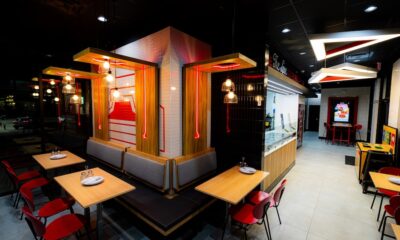
 Headlines1 week ago
Headlines1 week ago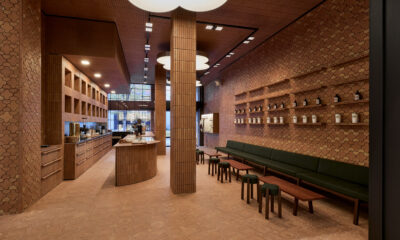
 John Ryan2 weeks ago
John Ryan2 weeks ago
 Headlines7 days ago
Headlines7 days ago
 Headlines2 weeks ago
Headlines2 weeks ago
 Headlines1 week ago
Headlines1 week ago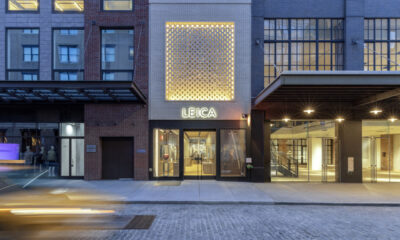
 Retail Buzz3 days ago
Retail Buzz3 days ago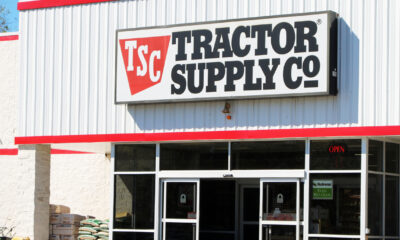
 Headlines1 week ago
Headlines1 week ago
 Headlines1 week ago
Headlines1 week ago

